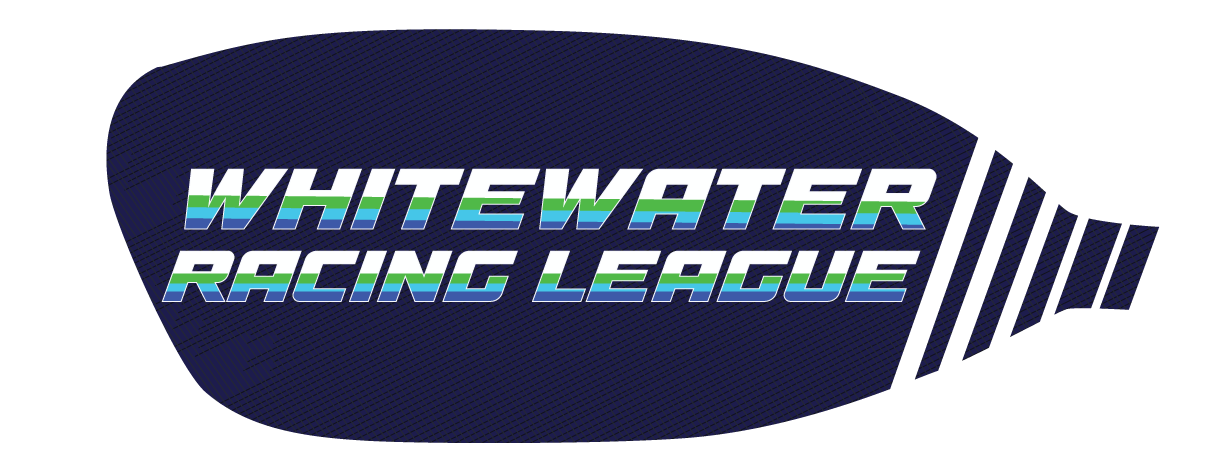Safety
Executing a Good Safety Plan
THE MOST IMPORTANT PART OF YOUR EVENT IS SAFETY. Whitewater is inherently dangerous and unpredictable. Anyone who has been around any type of race or sporting event understands that things happen. A good safety plan, along with proper implementation is omnipotent.
- Participant safety: The most important reason for a good safety plan is to ensure the safety of all participants. This can include measures to minimize the risk of injury, such as providing information and support to participants and having adequate safety and medical support on hand during the race.
- Liability protection: A well-designed safety plan can also help to protect the race organizers from liability in case of accidents or incidents. By taking proactive steps to minimize risks and having a plan in place to respond to emergencies, the organizers can reduce the chances of being held responsible for any harm that may occur during the race.
- Emergency response: A good safety plan should also include a comprehensive emergency response plan, which outlines the steps to be taken in case of accidents or other incidents. This can include having trained medical personnel and equipment on hand, as well as clear evacuation and first aid protocols.
- Spectator safety: In addition to participant safety, a good safety plan should also consider the safety of spectators, volunteers, and other members of the public who may be present during the race. This can include measures to minimize the risk of injury from falling debris or other hazards, as well as crowd control and evacuation plans in case of emergency.
Overall, a good safety plan is essential for the successful and safe execution of a race, and it should be taken seriously by all involved, from race organizers to participants and spectators. If you want your event to stand the test of time make sure you have all the details spelled out and shared with your team. Have a look at the key recommended details to put in your safety plan below.
Event Name
Venue
River Classification
Nearest City, ST
Minimum/Maximum Flow Level – This is important to put in your safety plan and also important for participants to know what potential levels they could be racing.
Event Description – Basic details about length of course, format, boat types, etc.
How Many Staff & Volunteers – Be sure to include the key positions in this section. See below.
Event Safety Coordinator – This is the person who manages all elements of safety. From deciding who can and can’t race based on skill level, key safety positions to where spectators can stand the Safety Coordinator is the lynchpin of the safety team.
Site Inspector – This person makes sure crowd barriers are set up, safety anchors installed and the course is clear for racers.
Information Relay – This person acts as the liaison between race operations, the safety team and EMT staff.
Medical Emergencies Plan – In the unfortunate event someone does get hurt what steps are taken to treat or evacuate the injured racer and how will the race pause and restart.
Emergency Vehicles- What kind of vehicle will you have available, who will operate it and where will it be.
Evacuation Plan – Even if a river is roadside it normaly isn’t beside the road. What is the plan to get an injured participant out of the gorge and to the waiting emergency vehicle.
How Many Spectators – The number of expected people onsite to watch the race.
Spectator Management – Event organizers and the athletes involved want to put on a show, and this means spectators. As your event becomes more popular things such as: parking, hiking access, spectating locations, boat parking, toilets, etc. need to be considered and spelled out in detail.
Safety Locations/Boats – It’s a good idea to have both land and water safety. Safety boats are nimble and can reach places that are hard to hit with a rope. As well they can be instrumental in recovering gear. Live bait in certain areas can be a huge asset. In places where just a rope on the bank will do try to set those locations up with at least two people who can work as a team. Be sure to not only spell out where these safety locations are but what type of safety is needed and who will occupy them.
Shelter – Paddlers are usually ready to deal with any kind of weather, but be sure to think about shelter for your registration, timing and spectators in the event of inclement weather.
Racer Screening – This is a big one for races on class IV and above. Not only do you want to keep participants from getting in over their head, but you need to think about the safety of the safety crew as well. Typically the Safety Coordinator has the final say on who can and can’t race, but how will you know if someone doesn’t have the skills or conditioning to participate? All options are on the table here, a survey at registration, looking at other race results or simply asking around can help vet registrants. It’s no fun to deny someone a chance to post a time, but it comes with the territory.

